
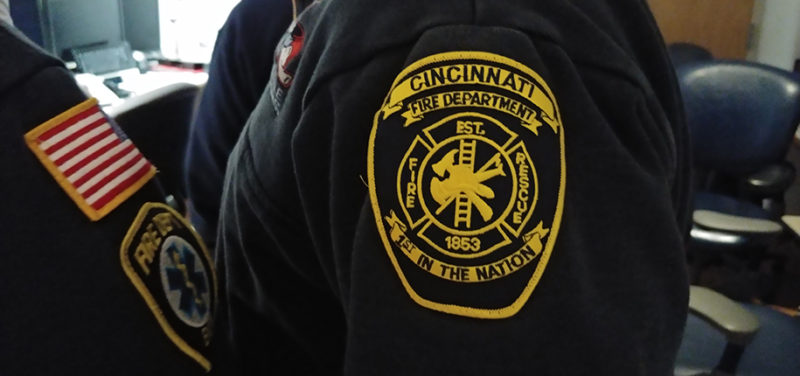
Remember back in the day when everyone had to leave their desks, line up cooperatively, and march outside for all those fire drills? Even to this day we still practice fire drills and fire safety throughout Cincinnati Children’s. Aside from the code-red alarm system testing and yearly emergency code education training, each department also prepares its own set of unique exiting strategies and evacuation steps, especially the MRI Division because of the fact the magnetic field is always on.
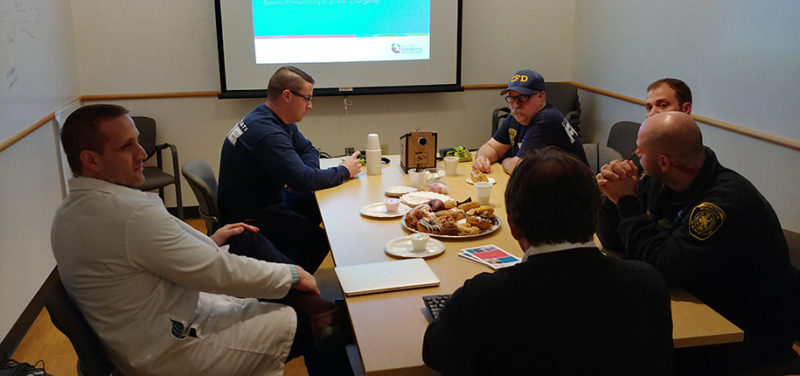
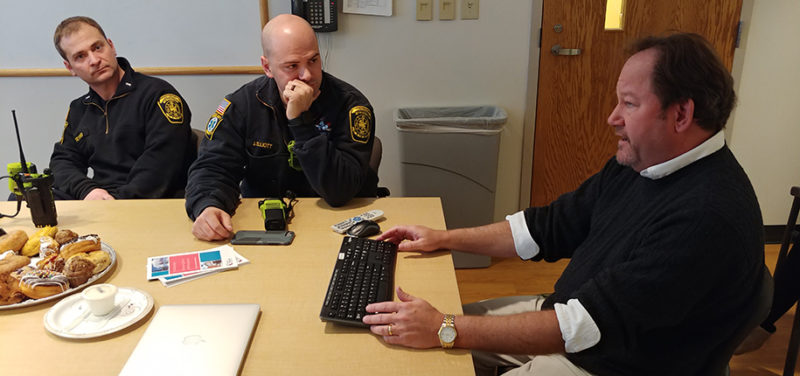
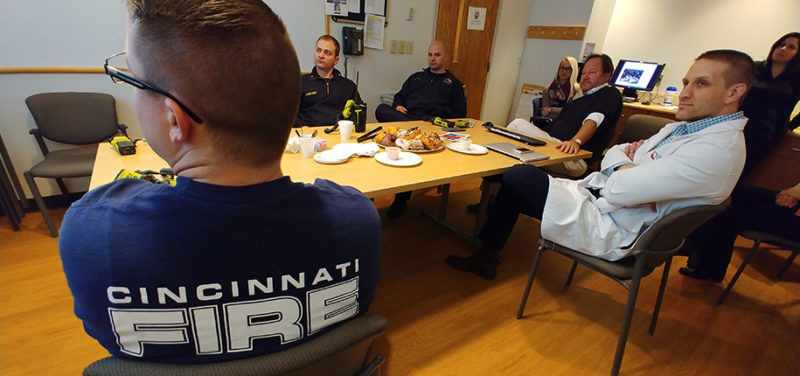
As you can probably imagine, putting out a fire in the MRI scan room can be a difficult challenge. With the magnetic field always on (even if power is turned off to the scanner), all metallic items containing iron must stay out of the room. This includes oxygen tanks, fire polearms/axes, fire-hose nozzles, etc. There are ways around the magnetic field issues, such as using MRI-compatible fire extinguishers or executing a full magnet quench. MRI-compatible fire extinguishers can safely be taken into the scanner room, but can only handle small fires. A full magnet quench would rid the room of any magnetic field (allowing firemen to bring in all their metallic equipment), but by performing a quench, the helium within the machine is released through a vent and would have to be replaced prior to using the machine again. This is very expensive and time consuming. Needless to say, the decision to quench a magnet must be approved by either our Radiologist-in-Chief or MRI Safety Director (a radiologist) and will only be approved if it is a life-threatening situation. Otherwise, another fire safety response (fire extinguisher or ceiling sprinklers) would be attempted prior to activating a magnet quench.
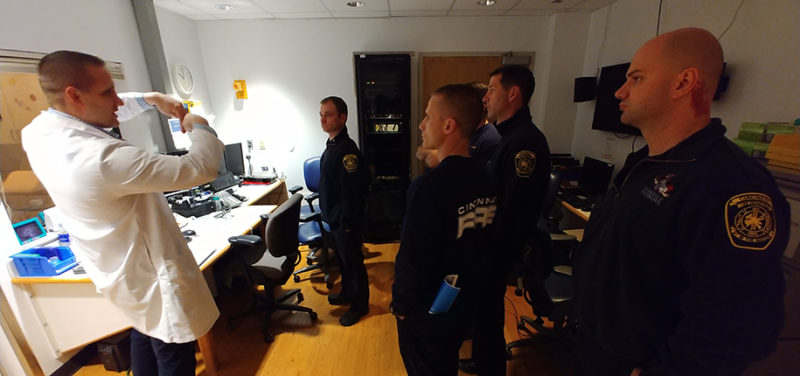
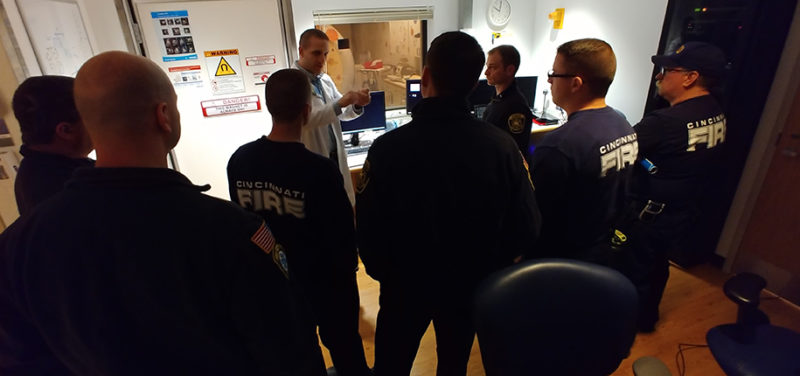
Who knew there were so many exceptional MRI safety steps included in putting out a fire? Because there are multiple critical requirements to fire safety in the MRI environment, Cincinnati Children’s MRI Division decided to conduct instructional talks and safety tours of the MRI facilities with the firefighters responsible for any Cincinnati Children’s fire emergencies. We met with the local stations and it quickly became evident the firemen had never been notified of any potential MRI safety risks; they had plenty of detailed questions to be addressed. They were unaware that there might be additional dangers within the MRI area (outside of the fire). Inviting them on a tour enabled the firefighters to grasp the entire situation in the Radiology department and allowed them to straighten out any myths by asking questions.
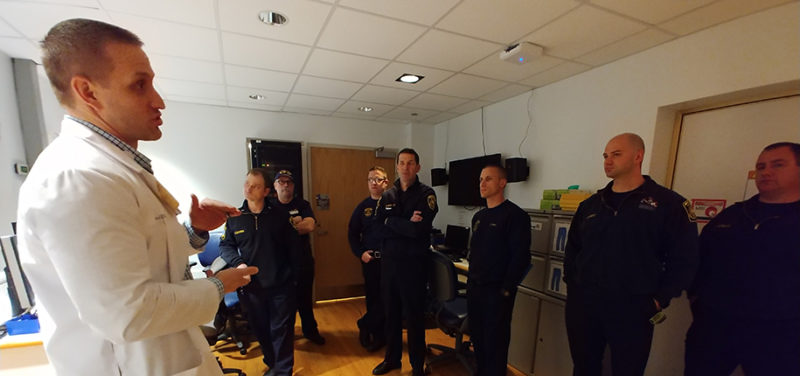
Considering how well the tour and talk sessions went this year, it has been decided to make this training an annual event. Our local firefighters take their jobs very seriously and welcome the extra education on safety. They also left with some brochures and information to spread to other fire departments not located around Cincinnati Children’s. Most people assume we only attempt to aid (which includes educating) those directly within the hospital, but this is a great example of how we push to reach out to the community in any way we can. After our initial success, we will continue to strive to empower through education and endeavor to create the safest MRI Division possible.